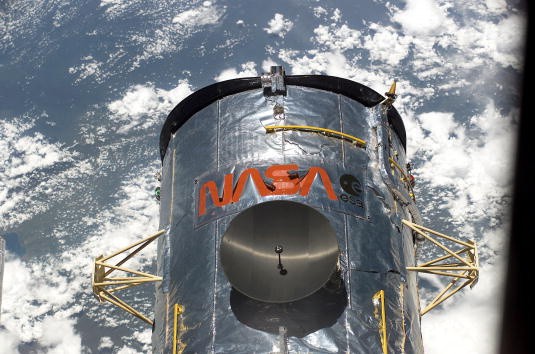NASA's Hubble Space Telescope's latest successor, James Webb Space Telescope, is now exploring the space regions that no other satellites were able to reach until now.

James Webb is considered to be more advanced compared to its predecessor.
When it comes to distance, JWST is millions of miles away from Earth. The Hubble Space Telescope is only around 340 miles.
JWST is also integrated with a more advanced camera system.
Despite all the efficient functions offered by JWST, it seems like NASA is already planning to develop another successor to the Hubble Space Telescope.
NASA Hubble New Successor?
According to Forbes' latest report, the James Webb Space Telescope is only for astrophysics. This means that it will not be able to achieve the breathtaking space images captured by Hubble.

Read also: NASA Perseverance: Mars' Speed of Sound Calculated Using Rover, Is It Different from the Earth?
As of press time, the Hubble Space Telescope is still active. However, some experts said that it will soon be decommissioned as it gets older.
Once that happens, HST will no longer be able to provide images of the comet, asteroids, planets, and other heavenly bodies. Because of this, space analysts concluded that NASA will soon develop the new Solar System Space Telescope (SSST).
Now, what makes SSST different from JWST?
SSST as Hubble's New Successor
NASA's Solar System Space Telescope is also a large satellite. Just like Hubble, it will also focus on capturing images of heavenly bodies.
Since this is the case, there's one thing that JWST can't achieve that SSST can do easily. Hubble's next successor will specifically observe the objects located within the Solar System.
SSST can conduct high-resolution, high-sensitivity observations of visible and ultra-violet wavelengths; something that James Webb can't do.
As of writing, NASA has not confirmed if it will really consider SSST as its next space telescope. But, there's a high chance that the new Solar System Space Telescope will be the next Hubble successor because of their similarities.
NASA Solar System Exploration's official website stated that HST is in orbit for around 31 years. This just shows that it is way older compared to other space telescopes active in the solar system.
Recently, NASA's SpinLaunch collaboration finally happened.
On the other hand, NASA Artemis I will soon conduct a wet dress rehearsal.
For more news updates about NASA and its new technologies, always keep your tabs open here at TechTimes.
Related Article : NASA Mars Curiosity Rover Navigates Back From Gator-Back Terrain | Rocks 'Not' Good For its Wheels
This article is owned by TechTimes
Written by: Griffin Davis
ⓒ 2025 TECHTIMES.com All rights reserved. Do not reproduce without permission.




